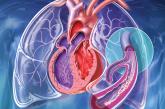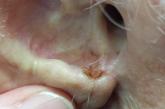Article

Pulmonary hypertension: An update of Dx and Tx guidelines
- Author:
- Madhavi Singh, MD
- Franklin Berkey, DO
- Jason Fragin, DO
- Kristen Grine, DO
Here is how to reduce risk factors that can lead to pulmonary hypertension; play a pivotal role in diagnosis; and know when disease requires a...
Article

A guide to managing disorders of the ear pinna and canal
- Author:
- Kristen Grine, DO
- Mark Stephens, MD
This review will help you troubleshoot everything from infections and foreign bodies to trauma and neoplasm.
